Besides gardens, the area nearby Florence is rich in excellent nurseries, mostly specialised in roses, but not only: following our itinerary you will find irises, hortensias, Mediterranean plants, unusual species, ancient fruit plants varieties. Alternatively, or in addition, we suggest another itinerary, shorter, Wandering nurseries by bike: Florence and its surroundings/2. In the city and on its hills, there are countless gardens: you will find them in Wandering gardens: Florence and its surroundings.
Nurseries
The map indicates the nurseries and the other locations of the suggested itinerary. For each nursery, we indicate its distance from the others, in order to facilitate you in the choice of the ones to visit and their order.
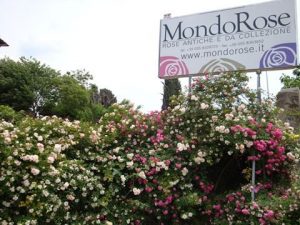
MondoRose, Florence: a collection of more than 500 varieties of ancient rose, botanical, modern and collectible, Moscata hybrids, vines with berries and flowering shrubs.
Distance from other nurseries: km 18 from Vivaio degl’Innocenti – km 26 from Botanica La Romola – km 58 from Terrecotte Venturi – km 31 from Vivai Belfiore – km 19 from Le Rose di Firenze.
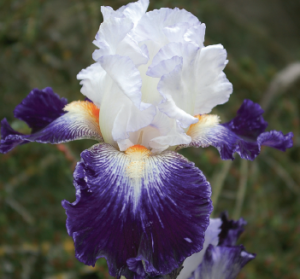
Vivaio Guido degl’Innocenti: this historic nursery in Impruneta (Florence) is specialised in the production of irises, perennial herbaceous plants, flowering shrubs, Hermerocallis, aquatic plants and roses. It also works in the design, realisation and maintenance of gardens.
Distance from other nurseries: km 8 from Botanica La Romola – km 18 from MondoRose – km 30 from Terrecotte Venturi – km 15 from Vivai Belfiore – km 9 from Le Rose di Firenze.
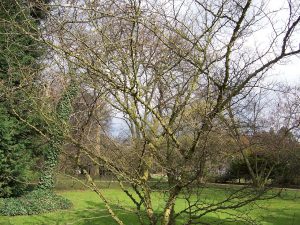
Azienda Agricola Botanica La Romola , San Casciano in Val di Pesa (Florence): a nursery specialised in the research and experimentation of new, rare and unusual botanical species from all over the world.
Distance from other nurseries: km 26 from MondoRose – km 8 from Vivaio degli Innocenti – km 20 from Vivai Belfiore – km 12 from Le Rose di Firenze/Magi.

Lastra a Signa (Florence): nursery-park with more than 100 varieties of fruit plants in danger of extinction, trees and shrubs of the Mediterranean scrub, but mostly ancient varieties of bearer plants, created and collected with great passion by Ugo Fiorini, who has much to tell you about them.
Distance from other nurseries: km 4 from Vivaio Magi – km 31 from MondoRose – km 15 from Vivaio degli Innocenti – km 20 from Botanica La Romola – km 28 from Terrecotte Venturi

Scandicci (Florence): Stefano Magi’s nursey is specialised in garden roses, ancient and modern, and scented roses, which are sold online but also by appointment. In particular, it offers the most beautiful varieties of David Austin, Kordes, Meilland, NIrp, Pemperton, Pulsen, Tauntau and Tom Carruth. It is also introducing more shrubs and vines, among which collection of hortensias, abelias, spiraeas, clematises, aromatics, and perennial herbaceous plants, but also equipment and novelties for the garden. Distance from other nurseries: km 7 from Vivaio Borgioli Taddei (Wandering nurseries by bike: Florence and its surroundings/2) – km 19 from MondoRose – km 9 from Vivaio degli Innocenti – km 12 from Botanica La Romola – km 30 from Terrecotte Venturi.
Gardens not to be missed in Florence
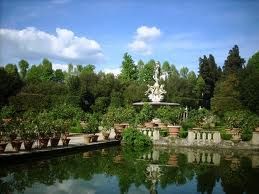
considered as the Italian Versailles, it is located in the heart of Florence, just behind Palazzo Pitti. Created by the House of Medici and expanded in the 17th Century, it is regularly divided into two main axes; it is populated by ancient and Renaissance statues and made up of hedges, terraces, boulevards and paths, clearings, gardens, fences, buildings, big fountains and grottos. Recently, Maison Gucci has been funding the renovations.
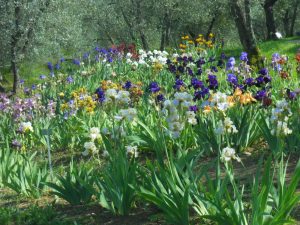
Giardino dell’Iris, piazzale Michelangelo (Florence): open from the end of April to the end of May, it hosts the annual international contest “Premio Firenze”, for the best varietis of Iris. On a hillside, among olive trees, cypresses and strawberry trees, grow Iris barbate, tall, medium, dwarf and for bordures, Iris Sibirica, Iris spuria, Iris californica, Iris louisiana, Iris pseudoacorus, Iris kaempfer and many other species.
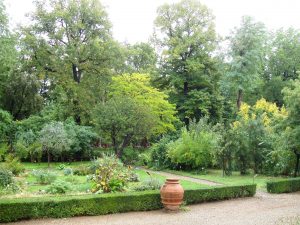
The Botanical Gardens of Florence: also known as Giardino dei Semplici (lit. “Garden of simples”) it dates back to 1545 and is one of the three most ancient in the world, together with the gardens in Pisa and Padova. Visiting this garden means entering a mysterious world, made up of greenhouse, big and small, medicinal and aromatic herbs, collections of ferns, epiphytes, begonias, bromeliads, coffee plants, banana trees, orchids, cactuses, cycads and other exotic plants, aquatic species and species belonging to the endemic flora of the Apuan Alps, for a total of 9000 specimens.
Florentine artisans
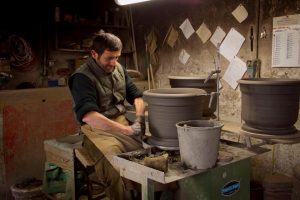
Terrecotte Venturi Vasco, Limite (Florence): the Venturis have been producing for four generations vases, pots, pans, and special pots to cook beans, all rigorously handmade in fireclay painted with crystal without lead, following the shape of the Tuscan tradition. If you buy them, remember to immerse them in cold water for one night, before using them for the first time, so that pores may close in order to avoid smells.
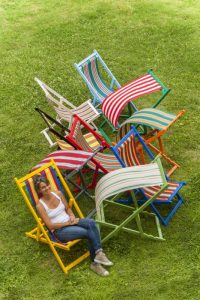
StripeYou, Certaldo (Florence): Federica Bruzone, creative Ligurian mother, created StripeYou, a registered trademark that reinvents the traditional Olona fabric, with colourful stripes, made in Tuscany and water-resistant, used to create very funny objects: garden furniture (chaise-longes, director chairs, folding cots and footstools, tables and tray tables), but also handbags, rucksacks, keyrings, aprons, gardening belts, sacks for vases, pillows, placemats, runners,…
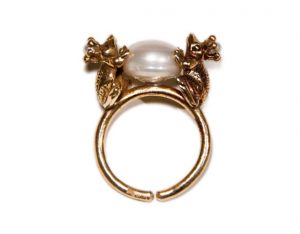
Francesca Galtabiano Gioielli, Florence: jewel designer, Francesca creates both unique items and novelties inspired by fairy tales and their characters: snails (Caracalla collection), frogs (collection Ranascimento) and toads (Postrosp collection), poetic, funny and special.
Where to stay, eat or drink a cup of tea
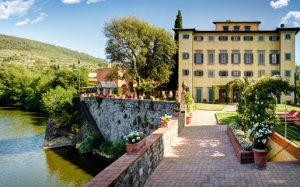
Villa La Massa, located on the Arno bankside, a few kilometres South of Florence, is a Renaissance villa, turned into a charming hotel in 1953. Since then, many illustrious guests have stayed there: Gregory Peck, Winston Churchill, Barbara Hutton, Elisabeth Taylor and Richard Burton. When owned by Gruppo Villa d’Este, in 1998, it was completely renovated. Besides staying there, you can have lunch or have a cup of tea in its beautiful garden, made up of an ornamental part with hedges and roses and a naturalistic-agricultural part with an olive grove and a field of wild flowers, a double bordure of perennial herbaceous plants and collection of peonies and irises.


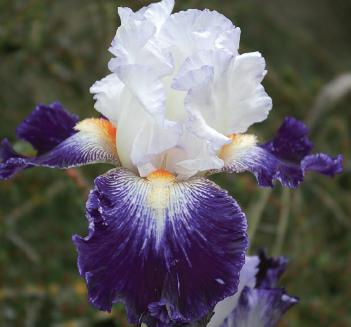

2 Commenti
Jane Cantellow
23 Settembre 2019 13:33Hello – I am looking for somewhere to buy cut flowers as well as plants for an event near Volterra in 2020. Can you please advise where I can source both? Many thanks! Jane
Margherita Lombardi
23 Settembre 2019 17:44You can have a look to the association Slow Flowers Italy (https://www.slowflowersitaly.it), they gather italian flower farmers. For plants, as I don not now which kind you need, to buy or rent, check the nurseries and flower designers and flowers shops in Tuscany in my website http://www.italianbotanicalheritage.com, through the link
https://luoghi.italianbotanicalheritage.com/toscana/?category=vivai-e-fiorai-eccellenti-artigiani-artisti-e-pittori-botanici
Hope this is useful for you. Thank you so much for following us, Margherita
Rispondi